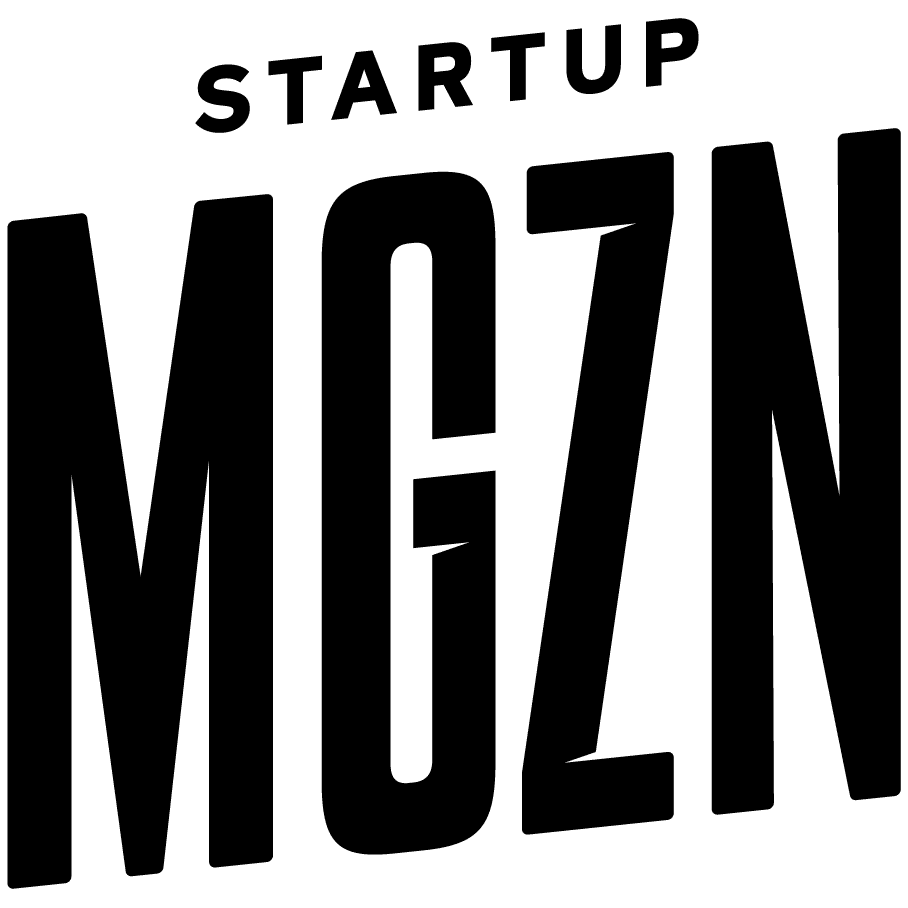Life is full of undiscovered needs. Once you identify and fulfill those needs, you can make real money.
First, what is marketing?
Marketing, in its simplest definition, is a tool that connects products that fulfills certain needs and wants with the people with those needs and wants (not your textbook definition, obviously)! Whether buyers are conscious of their needs or not, products have to exist. Before smartphones, people needed more efficiency in their lives, or be entertained on the go. Maybe they imagined a lighter laptop, or simply buy an MP3 player like the iPod. Henry Ford, founder of Ford Motors, is famously quoted as saying, “If I had asked people what they wanted, they would have wanted faster horses” (not cars).
But, what do people really need?
One thing is for sure: better. Better cars, better gadgets, better houses, better lives, better everything. Of course, it’s hard to understand what we would consider better, or how each segment prioritizes the benefits they receive from any one product.
If people need better things, but don’t really know what they need, the marketer’s job is to discover those needs. Here’s some advice: it rarely comes directly from the consumer. Consumers love to demand more, but they don’t usually need the extra benefits. They might go to an Italian restaurant craving a Bahraini breakfast, and suggest that the place should start serving a Bahraini breakfast.
There are many things that we personally feel businesses in Bahrain lack, but if you look closely, they don’t represent a big purchase factor. Because people lack business knowledge, those extras might actually harm the business and its existing customers.
Look beyond products.
If you want to find a new market, you’ll probably try to think of a new product that someone, somewhere needs. It’s actually more common, in new markets, to discover new uses for existing products. People go to restaurants for many reasons other than just solving their ‘hunger’ problem.
Finding a new use for an existing product is not nearly enough. If you weren’t the first to introduce a product or recognize its new use (because customers were already aware of it), you’ll have to own the market in a different way. One simple solution is to design the existing product in a way that better serves customers. Blackberry (though suffering now) was a pioneer in redesigning an existing product (the smartphone) to serve an existing market (corporate employees) in more efficient way.
Packaging is another trick. Water, the simplest product ever to exist, can be used for so many purposes. Packaging for water caters to different people with different needs. For example, water can be sold in small bottles with special graphics to cater to children; in 800-ml bottles with special functionality to cater to sports; or in elegant glass bottles for high-end restaurants. A mayonnaise company once found that in a certain town, women used their product to treat their hair (gross, I know!), so they took advantage of that, and launched a huge mayonnaise package for that market.
Then, why do businesses keep doing the same products over and over?
Market standards are the problem. Businesses compete with each other, and in the process, create standards—which, to them, feel more like rules. One such standard can be found in the fast-food business. Restaurants entering this market always feel they have to compete in terms of speed of service, and in the process, they end up with unhealthy food. To them, healthy food is either slow to cook or expensive for the market. The fact is, customers who need quick food are now more conscious of their health. A few joints decided to find a way around this idea, and came up with brands like Pret-á-Manger, Five Guys, and Chick-fil-A.
A word of advice: question your standards. The best way to do this is to check whether it makes sense to the customer or not.
So, if you identify a new need, should you take it?
Everything I’ve said in this article will always depend upon the situation you’re in. If you’re a market leader in a category like McDonald’s in fast-foods for example, it might harm you to try to serve a healthy menu. Similarly, 7Up became a healthier choice than Coca-Cola simply because it couldn’t compete with Coca-Cola. At the time, the caramel-flavored carbonated soft drink market was well-established and mature. Rushing to fill a small market need while owning a bigger piece of the pie might cause you to lose the whole pie.
Is it worth it?
Looking into new needs and testing them is a risky job. Pharmaceutical companies spend millions of dollars in research and development in hopes of finding the next Panadol or curing a nasty disease. The whole idea is: the amount you spend could be either a total loss or a hidden treasure. Do it, just be smart. And why does Starbucks train their staff to write customers’ names on their cups? They actually include this in their training folder, which I happened to take a look at, and all that is for us to share and talk about.
